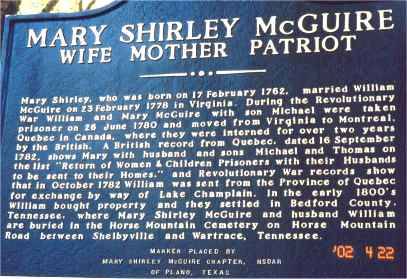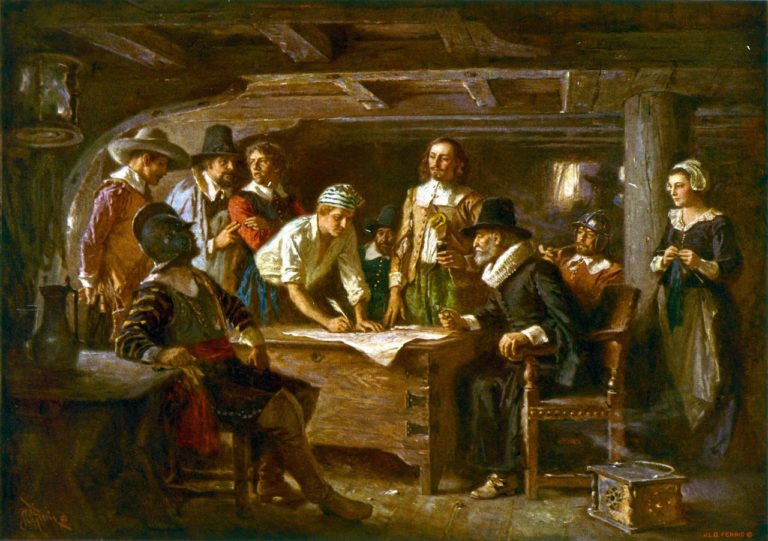Ancestral Stories- from Scotland
As I progress on my journey to “dig up” my ancestors, I stop every few days and delve into their personal history. Most are just regular persons that do their daily work and get married and have children. Nothing out of the ordinary. But every once in awhile, I find some nice tidbits about an accomplishment that I find interesting and perhaps historical.
This is one of those stories.
Douglas Clan of Scotland
How is this family part of my roots?
- The Douglas family joins when Catherine Douglas marries Joel Sherrod.
- Their daughter Mary Sherrod joins in matrimony to Henry Sawrey III.
- The name Sawrey is my moms maiden name.
Historical notation:
The Douglases were once the most powerful family in Scotland. The chiefs held the titles of the Earl of Douglas, and following their forfeiture the chieftancy devolved upon the Earl of Angus (see also: Duke of Hamilton). The 4th Earl of Morton held the chieftaincy during the 16th century, the Earldom of Morton was then a subsidiary title of the 8th Earl of Angus after the 4th Earl’s forfeiture and death in 1581.

William de Duglas’ name appeared on several official charters between 1175 and 1213. From him today’s Douglases can trace their roots.
Sir William “le Hardy” Douglas, was the first person of note to join William Wallace in his revolt against England. He was Constable of Berwick Castle in 1297 and a witness to the sacking of Berwick by Edward I “Longshanks” of England. Captured during Wallace’s revolt, William Douglas was taken to the Tower of London, where he died in 1298.
Four principle stems of the Douglas family wrote their great and often noble deeds into more than seven hundred years of turbulent Scottish history. The branches of the House of Douglas were: the Douglas of Douglasdale (the Black Douglases) who gained fame with Bruce; the Angus “Red Douglases” who played a significant part in the Scottish/English conflict between the mid-15th and early 18th centuries; the line of Morton, closely aligned with the fortunes of Mary, Queen of Scots; and the Drumlanrig and Queensbury Douglases who reached their zenith with the “Union of Crowns” in the early 18th century. Other, though no less important, branches of the Douglases were those of Annandale, Moray, Ormond, Forfar, Dalkeith, Mains, the Dukes of Touraine, Buccleuch, and Hamilton, and the Earls of Home.
Sir William’s son (“the Good” Sir James or “the Black Douglas”) was the foremost captain to Robert the Bruce during and after the Scottish “Wars for Independence.” Sir James was given the task of taking King Robert’s heart to the Crusades. He fell in battle against the Moors near Teba, Spain in 1330. His son, Sir William, inherited the family estates but fell in battle against the English at Halidon Hill in 1333. Sir William’s heir and uncle, Sir Archibald, was killed within an hour during the same battle.
Sir Archibald’s son, Sir William, became the first Earl of Douglas and later succeeded to the Earldom of Mar. The 2nd Earl, Sir James Douglas, fell fighting against Percy at the Battle of Otterburn in 1388. Sir Archibald “the Grim”, the 3rd Earl, was the natural son of “The Good” Sir James. He is known to have fought against the English at Poitiers in 1356 and is credited with the restoration of many church properties. Archibald “the Grim” subdued Galloway for the Scottish Crown built Threave Castle soon after. The 4th Earl, another Archibald, fought against Henry IV of England at the Battle of Shrewsbury in 1403, where he was taken prisoner. He became a general in Joan of Arc’s army, continuing to fight against the English. For his efforts, he was awarded the Duchy of Touraine. The 4th Earl was killed at the Battle of Verneuil. Sir Archibald Douglas, 5th Earl, died from a fever in Restalrig, Midlothian, and was buried at Douglas. Sir William, 6th Earl, and his brother David were murdered, on trumped up charges, in the presence of the young King James II in the so-called Black Dinner. Sir James Douglas, 7th Earl of Douglas, called “the Gross”, was also created Earl of Avondale in 1437. He was the great-uncle of the murdered Douglas lords and likely had something to do with it to obtain greater political power. William Douglas, 8th Earl of Douglas was the eldest son of James Douglas, 7th Earl.
In 1452 King James II sent one of Douglas’s friends with an invitation to Douglas to come to Stirling Castle under a safe-conduct. There James demanded the dissolution of a league into which Douglas had entered with two other powerful lords. Upon Douglas’s refusal, the king murdered him with his own hands, stabbing him 26 times, and had the earl’s body thrown out of a window. James Douglas, 9th Earl of Douglas, was the last of the ‘Black’ earls of Douglas. He succeeded to the earldom on the murder of his brother William Douglas, 8th Earl of Douglas by King James II and his entourage. He denounced his brother’s murderers and took up arms against the king. This rebellion culminated in the Battle of Arkinholm in 1455 where the power and fortunes of the Black Douglases was forever broken.
The “Red Douglas” line of Angus Earls originated through an illegitimate child of William, 1st Earl of Douglas. George, 4th Earl of Angus, was a third cousin of James, 9th Earl of Douglas but was more closely aligned to his Stewart cousins. As a result, the “Red Douglases” sided with King James II at Arkinholm and contributed greatly to the fall of the “Black Douglases.” The 5th Earl of Angus, Sir Archibald “Bell the Cat”, was involved in the conspiracy by a clique of nobles to remove the king’s favorite, Cochrane. When the tale of the mice tying a bell around the cat’s neck was related to the nobles, Sir Archibald stepped forward proclaiming, “I will bell the cat!” The nobles then captured Cochrane and hung him from Lauder Bridge in front of King James III. The two elder sons of “Bell the Cat” fell at the Battle of Flodden Field.
Andrew Douglas of Hermiston, younger son of Archibald I, Lord of Douglas and uncle of William “le Hardy” was the progenitor of the Douglases of Dalkeith , the Earls of Morton, and the Douglases of Mains. The 4th Lord Dalkeith succeeded to his estates upon the resignation of his father and was raised to the peerage as Earl of Morton prior to his marriage to Joanna, the deaf and dumb daughter of King James I. Sir James Douglas, 4th Earl of Morton, played an important role in the affairs of Mary, Queen of Scots. He became Regent of Scotland in 1572, for the infant James VI (and I.) However, once James VI reached the age of majority, Morton was implicated in the murder of James’ father, Henry Stuart, Lord Darnley (in 1567), and was executed in 1581. Darnley was the second but eldest surviving son of Matthew Stewart, 4th Earl of Lennox, and his wife, Lady Margaret Douglas. Darnley’s maternal grandparents were Archibald Douglas, sixth Earl of Angus, and Margaret Tudor, daughter of Henry VII of England and widow of James IV, king of Scots. Darnley was a first cousin of Mary, Queen of Scots.
The titles of Douglas and Morton passed to the Earls of Angus who became heirs to the Dukedom of Hamilton. Their titles then passed to the 7th Duke of Hamilton while the estates have passed down to the Earl of Hume, the present Douglas of Douglas. The nature of Scottish law and how it pertains to titles and estates is convoluted and, as a result, it is unclear who the apparent Chief of Douglas might be.
NOTE- This is a big clan and I will be adding more stories to the Douglas Clan.



